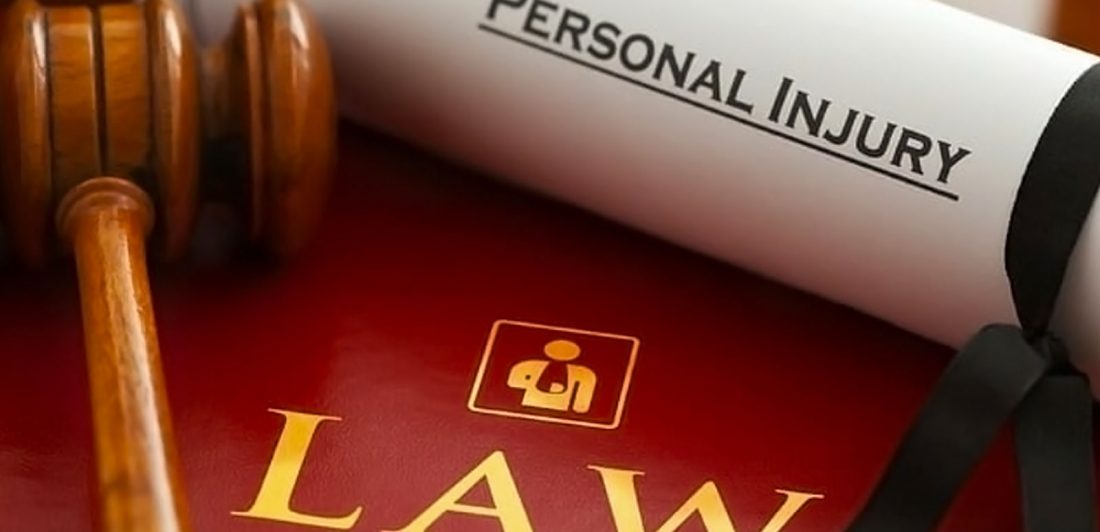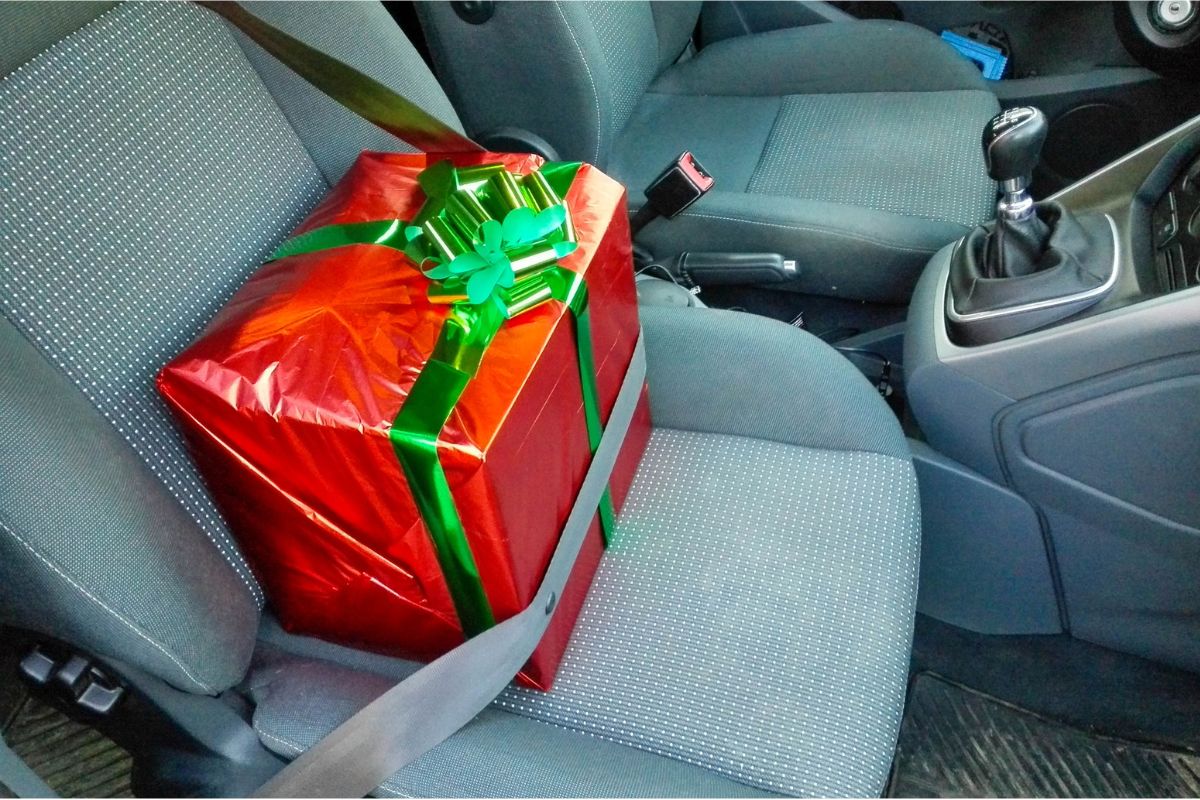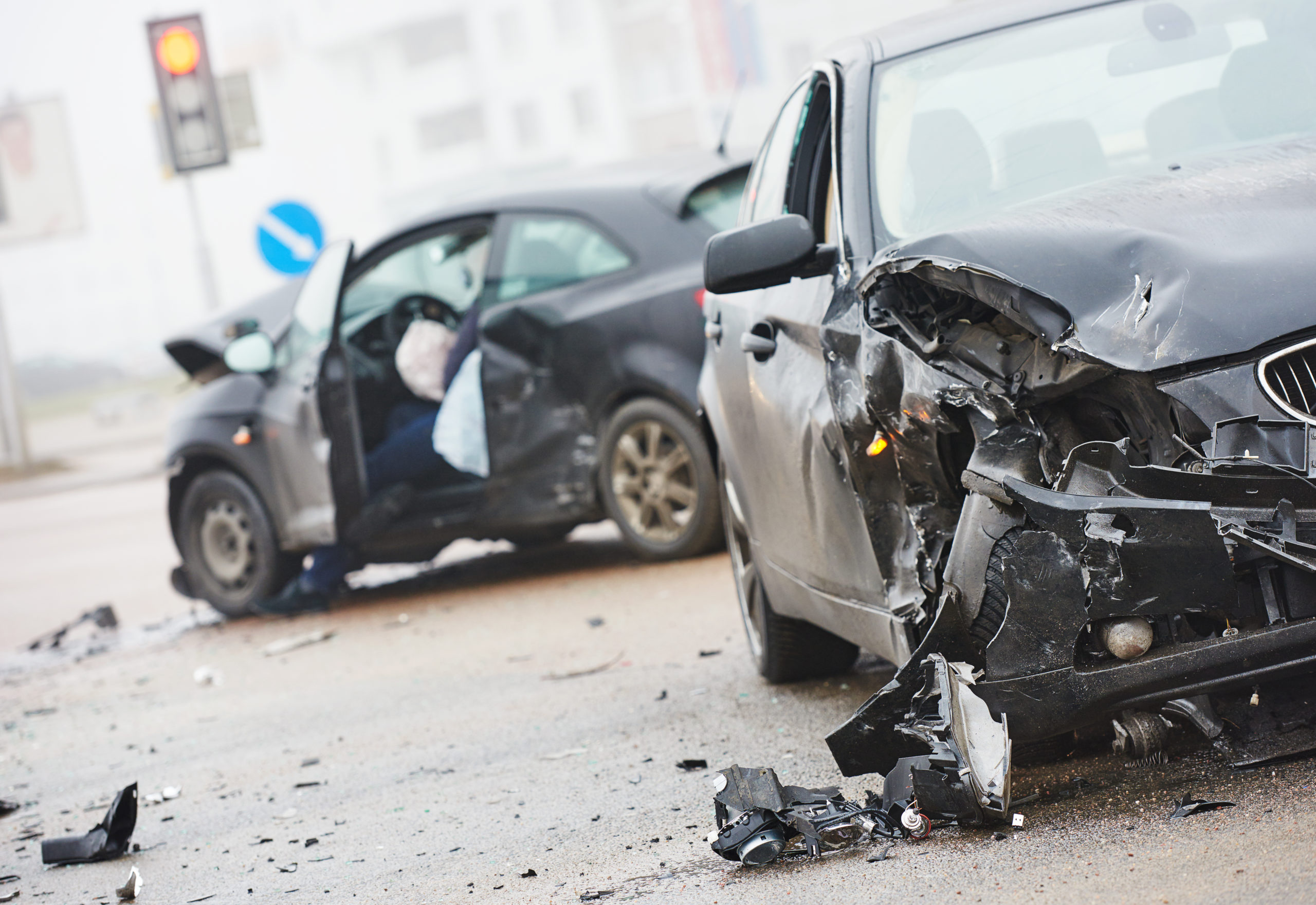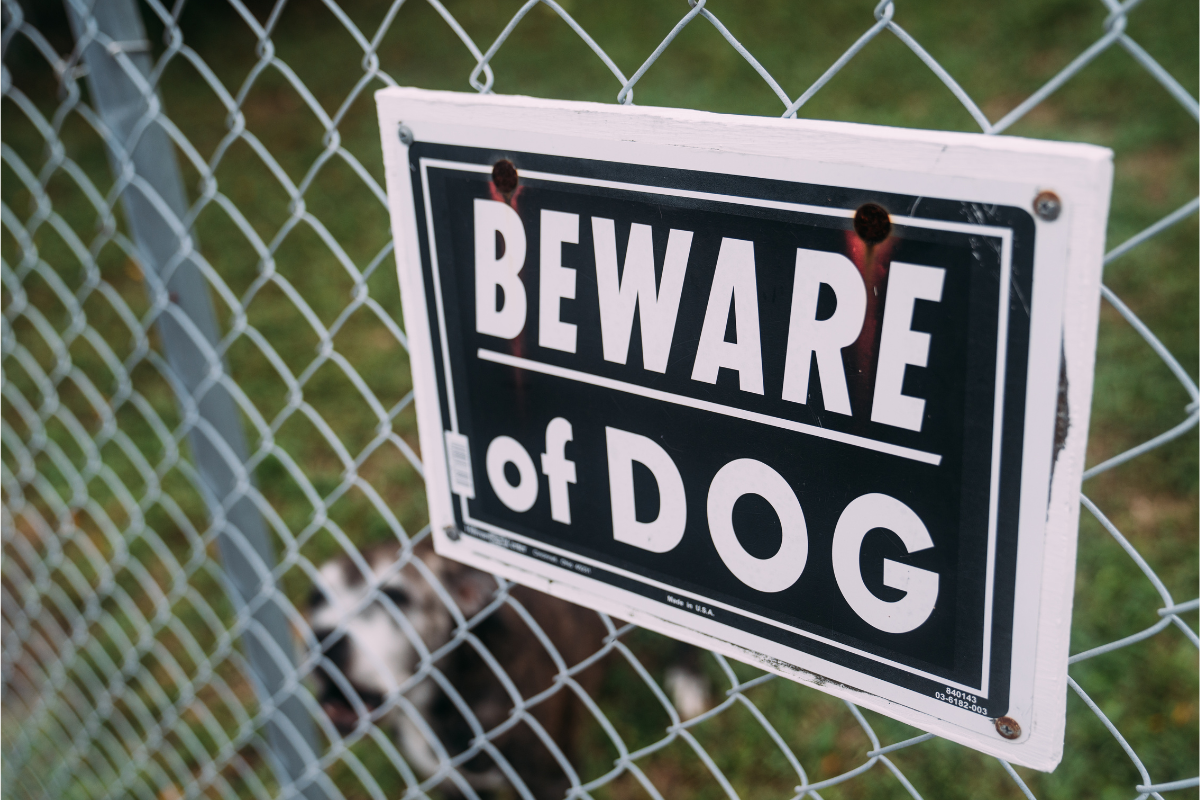The one shared factor that all successful personal injury cases have in common is the ability to demonstrate the other party's negligence. Negligence is the principal factor for determining fault and accountability for reckless behavior resulting in injury. When a personal injury attorney reviews your case, they need to determine if you have a viable case.
What makes a personal injury claim viable can include everything from the statute of limitations to the cost of proving your case compared to the amount you can be expected to recover. Only an experienced personal injury attorney can help you determine your case's value.
What is Negligence?
Negligence is when a person or entity fails to carry out certain standards of conduct. For example, if someone doesn't take precautions that any sensible person would, or does something that a sensible person wouldn't, and as a result, someone else gets hurt or loses something valuable, that's considered negligence.
When a person violates these standards, the law requires them to compensate the person to whom they caused harm or loss.
Four Elements Required to Prove Negligence
There are four key elements in proving negligence. An “element” is a necessary component of a legal claim. The plaintiff must prove the following to prove negligence:
- Duty of care
- Breach of duty
- Causation
- Damages
If you fail to establish the four elements of negligence, you will not be successful in securing compensation for your injuries.
Duty of Care
The first element of determining negligence is whether or not the defendant owed the plaintiff a legal duty of care.
There are situations where a legal duty is created in the relationship between the plaintiff and the defendant. A duty of care arises when the law recognizes a relationship between two parties, and due to this relationship, one party has an obligation to exercise the same level of reasonable care that another person in a similar situation would exercise.
For example:
- All drivers are expected to maintain their vehicles in safe conditions and operate their vehicles safely and in accordance with all traffic laws.
- Business owners have a duty to take reasonable care to ensure their premises are safe for their customers and employees. This can include regularly inspecting their property for hazardous conditions and fixing issues within a reasonable timeframe.
Breach of Duty
The next element is for the court to determine if the defendant breached this duty by doing or not doing something that an average person would do if they were in a similar circumstance.
A jury might likely find a defendant negligent if an average person:
- Knew everything the defendant knew at the time; and
- Would have known his/her actions might cause an injury to someone else; and
- Would have done something different from what the defendant did in that situation.
Below are two examples in which a breach of duty has occurred:
- A company vehicle does not allow enough stopping distance when approaching an intersection and strikes another vehicle that was stopped at a red light.
- A dog owner who knows their dog is very aggressive towards children brings the dog to a tee-ball game, and the dog viciously bites a child.
Causation (Cause in Fact)
The third element of negligence is causation. Causation requires a plaintiff to show that the defendant's breach of duty was the cause of the plaintiff’s injury and losses.
Another thing to consider is whether the defendant could have foreseen that his or her actions might cause an injury. If the action caused the plaintiff injury through an unexpected act of nature, then it would be deemed unforeseeable, most likely making the defendant be found not liable.
Some examples of cause in fact include the following:
- The supervisor of a grocery store sees an employee drop grapes in the produce aisle. Neither the supervisor nor any other employee cleaned up the grapes promptly, and an elderly customer stepped and slipped on the grapes, breaking her hip. A broken hip is reasonably related to their breach of the duty of care because if the store employees had picked up the grapes, the customer would not have slipped and fallen on the floor.
- A driver doesn’t stop at a crosswalk and strikes a pedestrian in a parking lot, causing the pedestrian to suffer a broken leg and severe bruising. The pedestrian would not have been harmed if the driver did not strike him. The driver’s failure to exercise reasonable care while driving in the parking lot is reasonably related to the victim’s injuries.
Proximate Cause
A proximate cause is an event related to an injury that the courts feel to be the cause of said injury. It is an action that produces foreseeable consequences without intervention from anyone else. A proximate cause is also known as a legal cause.
An example of a proximate cause is:
An ambulance flips over on the way to the hospital after aiding individuals in a different car wreck. There is no proximate cause tied to the car wreck that the emergency services were called to initially. A party is not liable for harm sustained resulting from actions taken due to initial causation.
Damages
Damages are the final element of negligence. Because the plaintiff suffered injury or loss, which a reasonable person in that same situation could expect or foresee, monetary compensation may be the only form of relief for those injuries. Damages include medical care, lost wages, emotional turmoil, and more.
For example:
The manager of a sports equipment store displays heavy medicine balls on a flimsy top shelf. The shelf collapses, and the balls start tumbling down rapidly, striking a customer on the head and causing him to suffer a concussion. The customer has to miss several weeks of work and receives a pricey hospital bill. Monetary compensation will compensate the customer for his injury, lost wages, and medical expenses.
Example of Negligence in a Car Accident Scenario
Background
Sarah is driving home after a long day at work. She feels extremely tired but decides to drive home anyway. As she is driving, she takes out her phone to respond to a text message from a friend, momentarily taking her eyes off the road.
Incident
While Sarah is distracted by her phone, the traffic in front of her suddenly stops because of a pedestrian crossing at a zebra crossing. Sarah fails to notice this in time because she is not paying attention to the road. She slams her car into the rear of the vehicle in front of her, causing significant damage to both vehicles and injuring the other driver.
Legal Perspective
In this scenario, Sarah has demonstrated negligence for a variety of reasons:
- She chose to drive while extremely tired, which impaired her ability to drive safely.
- She was using her phone while driving, which is against the law in many jurisdictions because it significantly impairs a driver's ability to maintain focus on the road.
- She failed to maintain a safe following distance, which would have given her more time to react to the sudden stop in traffic.
As a result of her negligence, she caused an accident that resulted in property damage and personal injury. The other driver may choose to file a lawsuit against Sarah to recover damages for their medical bills, lost wages, and other losses resulting from the accident.
Conclusion
In this case, Sarah exhibited negligence by not exercising reasonable care while driving. Her tired state and her decision to use her phone while driving represented a breach of her duty of care to other road users. This breach of duty was the direct cause of the accident, making her legally liable for the damages and injuries sustained in the crash.
How The Carlson Law Firm Can Help
The injuries you suffer as a result of negligence can be extensive. Mounting medical bills and time off work can lead to serious financial constraints. If your injuries were the result of another person's negligence, contact a qualified personal injury lawyer. Our experienced personal injury lawyers are ready to heavily invest in your case to get you the best result possible. At The Carlson Law Firm, we understand that each client is unique and should be handled uniquely.
We offer free no-obligation consultations and are available 24/7.




